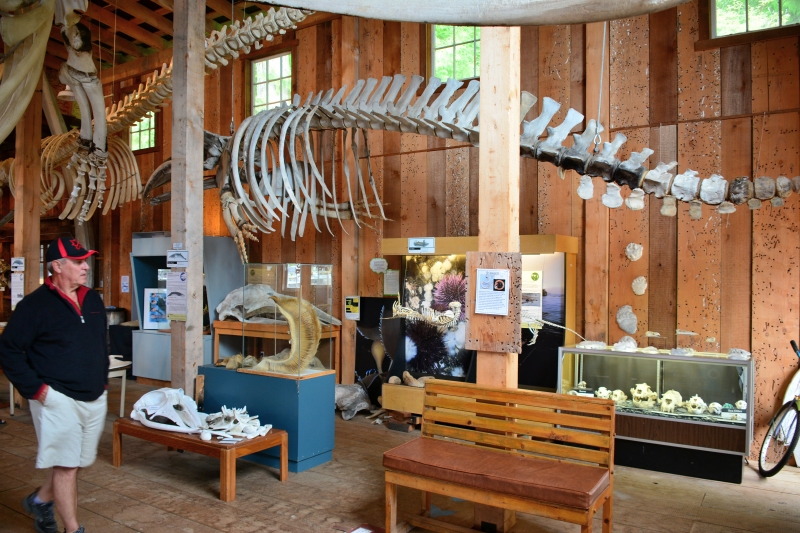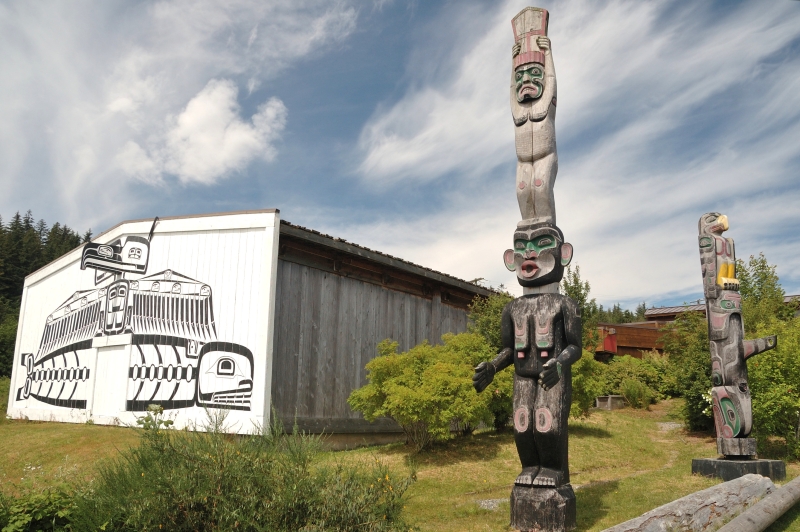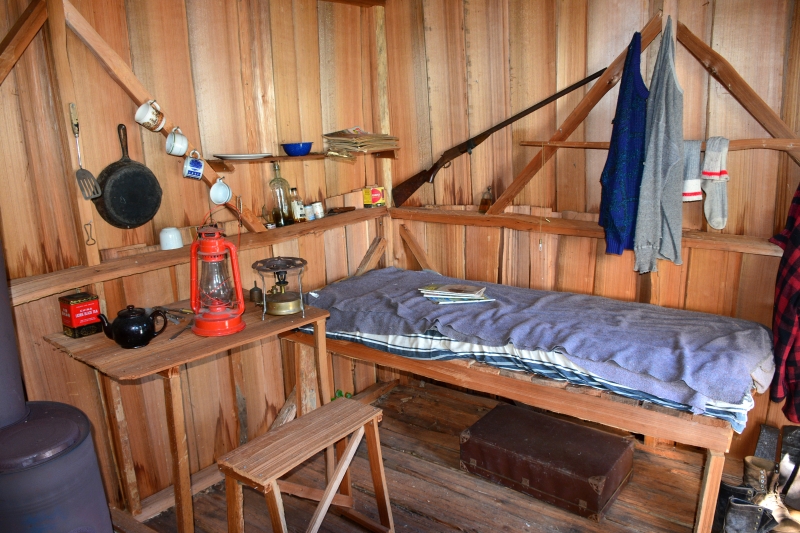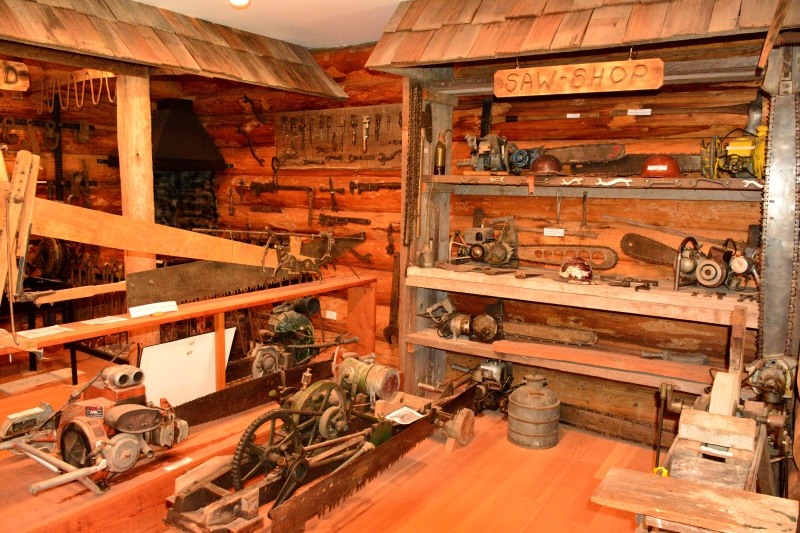Museums of British Columbia’s Central Coast
4th July 2023
Museums of British Columbia’s Central Coast
One of the enjoyable aspects of cruising the waters of British Columbia is seeing and learning about the area’s art, culture, and history. Nowhere is this truer than the north Vancouver Island area on the central coast of British Columbia.
These are just a few of the most interesting museums, beginning from the south and moving to the north. To make the list, the venues had to be close to moorage and of interest to boaters. Checkout each museum’s website to plan a visit that the whole crew will enjoy.
Telegraph Cove, Vancouver Island
Housed in a 1928 freight shed, The Whale Interpretive Centre goal is to increase public awareness about the area’s marine mammals and the threats facing their populations. It’s operated by the non-profit Johnson Strait Killer Whale Interpretive Centre Society and houses one of the best collections of marine mammal skeletons in British Columbia. The objective of the Centre is to provide information to the public for increased awareness of the biology, habitat needs and threats to killer whales, fin whales, humpback whales and sea otters as well as other local marine mammals.
Nearest Marina:
Telegraph Cove Marina & RV Park
Limited moorage for boats greater than 30-feet.

Alert Bay, Cormorant Island
Established more than 40 years ago. The U’mista Cultural Center houses one of the finest collection of elaborately carved masks depicting the potlach ceremony of the Kwakwaka’wakw people. The Centre offers other exhibits of traditional and contemporary arts and crafts. A gift shop carries locally produced jewelry, carvings, and silk screen prints.
Nearest Marina:

Billy Proctor’s Museum
Echo Bay, Gilford Island
Billy Proctor’s Museum is located south of Echo Bay on Gilford Island. Billy has lived his entire life in the Broughtons and has worked in the fishing and logging industries and is an avid collector. A museum visit is a walk through Broughton Island history and its many different cultures and industries that have inhabited the area islands and mainland during the past 6000 years. The collection includes fishing gear, Japanese glass fishing floats, Indigenous tools, old photos, colorful old bottles, logging and trapping paraphernalia and a blacksmith shop. There is also a logger’s shack filled with logging tools and personal belongings from an era of hard times and hard work. Billy singlehandedly built the one room cabin from a single cedar tree, splitting and milling each piece of lumber by hand. All donations to the museum go to area salmon enhancement.
Nearest Marina:
Echo Bay Marina & Lodge at Ḵ̓wax̱wa̱lawadi Village

Port McNeill and District Museum
Port McNeill, Vancouver Island
Twenty years ago, the Port McNeill and District Museum was completed as a result of the huge effort made by many volunteers and generous donations by forestry companies and individuals. Preserving Port McNeill and the surrounding area’s history remains the museum’s ongoing agenda. The attractive log structure includes a forest collection from the Sayward and Pin Museum. The archival vault houses collections of documents and photographs from the Pioneer Timber Company and the Hudson’s Bay Company.
Nearest Marinas:
Port McNeill Harbour Authority

Sointula, Malcolm Island
Founded in 1972 by six resident women, this quaint community museum offers visitors a unique experience. The start of the collection was originally housed in basements and attics until space at the Malcolm Island Superior School was made available. The collection includes logging and fishing artifacts, translations of Aika (newspaper of the island’s original Finnish commune) are available for viewing and a hundred years of photos documenting the history of Sointula and its transformation from Finnish commune to the quiet eclectic community of today.
Nearest Marina:
Port Hardy Heritage Society Museum
Port Hardy, Vancouver Island
The museum was established in 1982 and is administered by the Port Hardy Heritage Society. On exhibit are 8,000+ year old Aboriginal artifacts, early settler’s effects, natural history materials, and local industrial equipment. Newspapers, maps, school records, photographs, personal histories, and institutional records are preserved in the archives.
Nearest Marinas:


